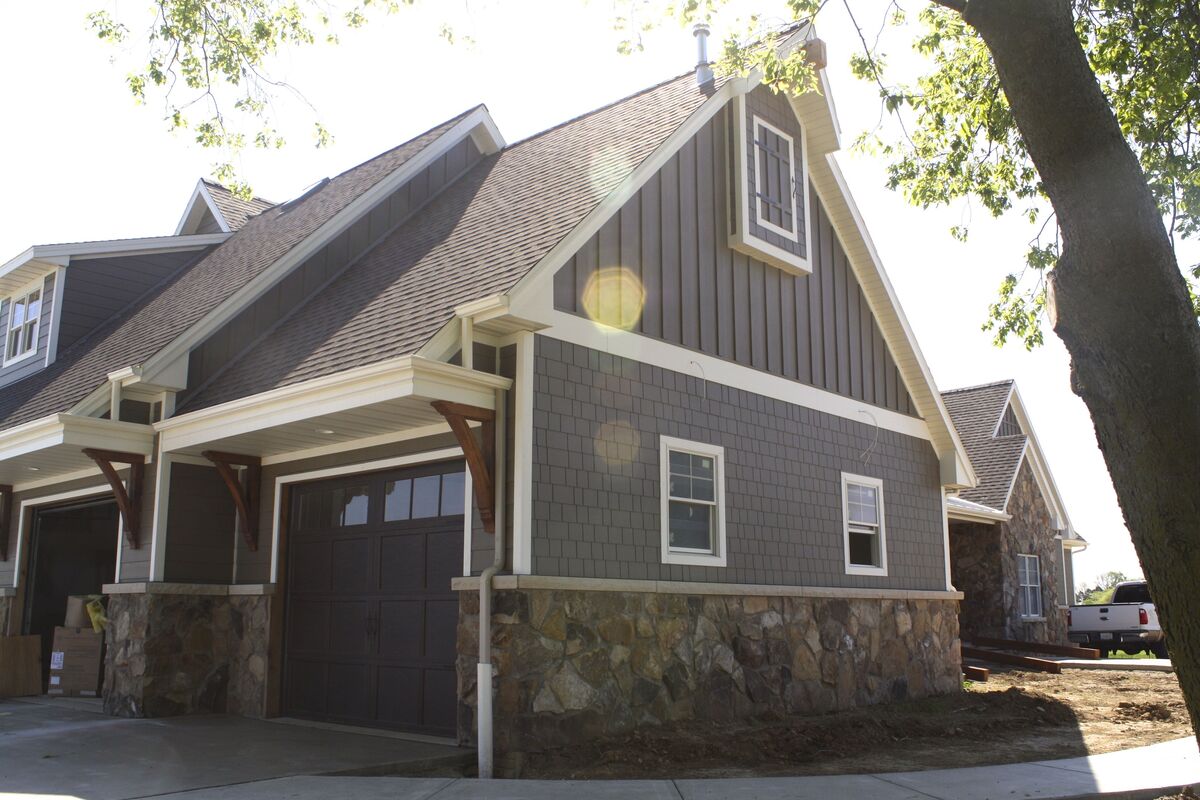

Articles
What Is Hardie Board Siding Made Out Of
Modified: October 28, 2024
Learn all about Hardie Board siding, including what it is made of, its benefits, and why it's a popular choice among homeowners. Our informative articles have you covered.
(Many of the links in this article redirect to a specific reviewed product. Your purchase of these products through affiliate links helps to generate commission for Storables.com, at no extra cost. Learn more)
Introduction
Hardie Board siding, also known as fiber cement siding, has gained popularity in the construction industry due to its durability, versatility, and resistance to various elements and pests. This type of siding is made from a combination of cement, cellulose fibers, water, sand, and additives, resulting in a strong and long-lasting material.
In this article, we will explore the composition of Hardie Board siding and delve into the manufacturing process. We will also discuss the advantages and drawbacks of using this type of siding, giving you a comprehensive overview of what makes Hardie Board siding an excellent choice for homeowners and builders alike.
So, let’s dive in and discover what makes Hardie Board siding such a popular and reliable option for exterior cladding.
Key Takeaways:
- Hardie Board siding, made of cement, cellulose fibers, water, sand, and additives, offers exceptional durability, resistance to pests, fire, and harsh weather, making it a reliable and long-lasting exterior cladding option.
- While Hardie Board siding may be more costly and require specialized installation, its low maintenance, versatile design options, and long-term durability make it a valuable investment for homeowners seeking a visually appealing and resilient siding solution.
Read more: What Is Hardie Plank Siding Made Of
Composition of Hardie Board Siding
Hardie Board siding is composed of several key ingredients that work together to create a durable and resilient material. Let’s take a closer look at each component:
- Cement: Cement is one of the primary ingredients in Hardie Board siding. It provides strength and stability, making the siding resistant to cracking, warping, and shrinking. The cement used in Hardie Board siding is a blend of Portland cement, silica, and other proprietary additives.
- Cellulose fibers: Cellulose fibers, usually sourced from wood pulp, are added to the cement mixture to enhance the siding’s strength and flexibility. These fibers help reinforce the cement and reduce the chances of cracking or breaking. Additionally, the cellulose fibers contribute to the overall fire resistance of the siding.
- Water: Water is an essential component in the manufacturing process of Hardie Board siding. It helps activate the cement and facilitate the bonding process between the various ingredients. The precise amount of water is crucial to achieving the right consistency and ensuring the siding’s durability.
- Sand: Fine sand particles are included in the mix to enhance the texture and stability of the Hardie Board siding. The sand acts as an aggregate filler, adding strength and preventing the siding from becoming brittle over time. It also provides a foundation for the other ingredients to bind together effectively.
- Additives: Various additives are incorporated into the mixture to enhance specific properties of the Hardie Board siding. These additives can include curing agents, pigments for color, and surface treatment additives for protection against UV rays and moisture. The precise combination of additives may vary depending on the manufacturer and the specific product line.
The careful blend of cement, cellulose fibers, water, sand, and additives gives Hardie Board siding its characteristic strength, durability, and resistance to the elements. This composition ensures that the siding can withstand harsh weather conditions, resist rot and pests, and maintain its appearance over time.
Manufacturing Process
The manufacturing process of Hardie Board siding involves several steps that result in the high-quality and durable product we know. Let’s take a closer look at each stage of the process:
- Mixing the materials: The first step in manufacturing Hardie Board siding is to carefully measure and mix the ingredients. Cement, cellulose fibers, water, sand, and additives are combined in precise proportions to create a homogeneous mixture. This mixture is thoroughly blended to ensure even distribution of the components.
- Forming the boards: Once the material has been mixed, it is ready to be formed into boards. The mixture is poured into molds or pressed between a series of rollers. These molds or rollers are designed to shape the siding boards to the desired dimensions and textures. The pressure applied during this stage helps compact the mixture and remove excess water.
- Curing and drying: After the boards are formed, they go through a curing and drying process. The boards are first subjected to a curing stage, where they are placed in a controlled environment. This allows them to set and harden as the cement cures over time. After the initial curing, the boards move to the drying stage, where they are gradually dried to remove any remaining moisture. This drying process is essential to prevent warping or distortion of the boards.
By closely following these manufacturing steps, Hardie Board siding manufacturers can create consistent and high-quality siding products. The precise control over the mixture, forming, and curing processes ensures that each board meets the desired standards for durability, strength, and appearance.
Hardie board siding is made out of a mixture of cement, sand, and cellulose fibers. This combination creates a durable and low-maintenance siding option for homes.
Advantages of Hardie Board Siding
Hardie Board siding offers several advantages that make it a popular choice for homeowners and builders. Let’s explore some of the key benefits of using Hardie Board siding:
- Durability: Hardie Board siding is renowned for its exceptional durability. It can withstand harsh weather conditions, including high winds, heavy rain, and hail, without cracking or warping. This durability ensures that your siding will last for many years, providing long-term protection for your home.
- Resistance to rot and pests: Unlike traditional wood siding, Hardie Board is resistant to rot, decay, and insect damage. The inclusion of cellulose fibers in the composition helps deter pests, such as termites, and prevents the growth of mold or mildew. This resistance extends the lifespan of the siding and reduces the need for costly repairs or replacements.
- Fire resistance: Hardie Board siding is highly fire resistant, offering an added layer of safety for your home. The cement-based composition and the inclusion of cellulose fibers make it resistant to ignition, making it a preferred choice in areas prone to wildfires or for homeowners seeking increased fire protection.
- Low maintenance: One of the significant advantages of Hardie Board siding is its low maintenance requirements. Unlike wood siding that requires frequent painting and sealing, Hardie Board siding is pre-finished with a durable coat of paint or primer. This eliminates the need for regular painting and minimizes maintenance efforts, saving you time and money in the long run.
- Versatility in design: Hardie Board siding is available in a wide range of styles and colors, allowing you to achieve the look that suits your home’s architectural style. Whether you prefer a traditional or modern aesthetic, Hardie Board siding offers numerous design options to enhance the curb appeal of your home.
With its exceptional durability, resistance to rot and pests, fire resistance, low maintenance needs, and versatile design options, Hardie Board siding has become a preferred choice for those seeking a long-lasting and visually appealing exterior cladding solution.
Drawbacks of Hardie Board Siding
While Hardie Board siding offers a range of benefits, it is important to consider its drawbacks before making a decision. Let’s explore some of the potential drawbacks of using Hardie Board siding:
- Cost: Hardie Board siding is generally more expensive than other siding options such as vinyl or wood. The higher cost is due to the quality and durability of the material, as well as the specialized manufacturing process involved. However, it’s important to note that the long-term durability and low maintenance requirements of Hardie Board siding can offset the initial cost over time.
- Installation complexity: Installing Hardie Board siding requires specialized skills and tools. The material’s weight and rigidity can make the installation process more complex compared to other siding options. It is recommended to hire experienced professionals for the installation to ensure proper alignment, stability, and weatherproofing of the siding.
- Weight: Hardie Board siding is considerably heavier than traditional siding materials such as vinyl or wood. This weight can impose limitations on certain structures or require additional structural reinforcement. It is essential to assess the load-bearing capacity of your home or building before considering Hardie Board siding.
- Brittle nature: Although Hardie Board siding is durable, it is prone to cracking or chipping if subjected to significant impact or force. Care must be taken during transportation, installation, and maintenance to avoid any accidental damage that may compromise the siding’s integrity. Regular inspections can help identify and address any potential issues before they escalate.
While the drawbacks of Hardie Board siding should be taken into account, they should not overshadow the numerous benefits it offers. Considering factors such as budget, structural requirements, and maintenance preferences will help determine if Hardie Board siding aligns with your specific needs and priorities.
Read more: How To Remove Hardie Board Siding
Conclusion
Hardie Board siding, with its unique composition and manufacturing process, offers a durable, versatile, and low-maintenance option for exterior cladding. Its combination of cement, cellulose fibers, water, sand, and additives creates a siding material that is resistant to rot, pests, fire, and harsh weather conditions, ensuring long-term protection for your home.
Despite its advantages, it is important to consider the drawbacks of Hardie Board siding, such as the initial cost, installation complexity, weight, and potential for brittleness. These factors may influence your decision and require careful consideration, especially in terms of budget, structural requirements, and maintenance preferences.
However, for those seeking a reliable and visually appealing siding option, Hardie Board siding is often an excellent choice. Its durability and resistance to various elements make it a long-lasting investment that can enhance the curb appeal and value of your home. The low maintenance requirements and versatile design options further contribute to its appeal as a siding material.
In conclusion, Hardie Board siding offers a combination of strength, longevity, and aesthetic versatility that makes it a popular option among homeowners and builders. By understanding its composition, knowing the manufacturing process, and weighing its advantages and drawbacks, you can make an informed decision about whether Hardie Board siding is the right choice for your home.
Eager for more insight into upgrading your living space? After learning about Hardie Board siding, why not dive into options for beautiful flooring? Our next feature discusses top choices in hardwood floors that breathe new life into any home renovation project. Discover styles that harmonize with any decor and learn which types stand up best to daily wear. Perfect for anyone looking to refresh their home's aesthetic and functionality without getting lost in the myriad of options available.
Frequently Asked Questions about What Is Hardie Board Siding Made Out Of
Was this page helpful?
At Storables.com, we guarantee accurate and reliable information. Our content, validated by Expert Board Contributors, is crafted following stringent Editorial Policies. We're committed to providing you with well-researched, expert-backed insights for all your informational needs.
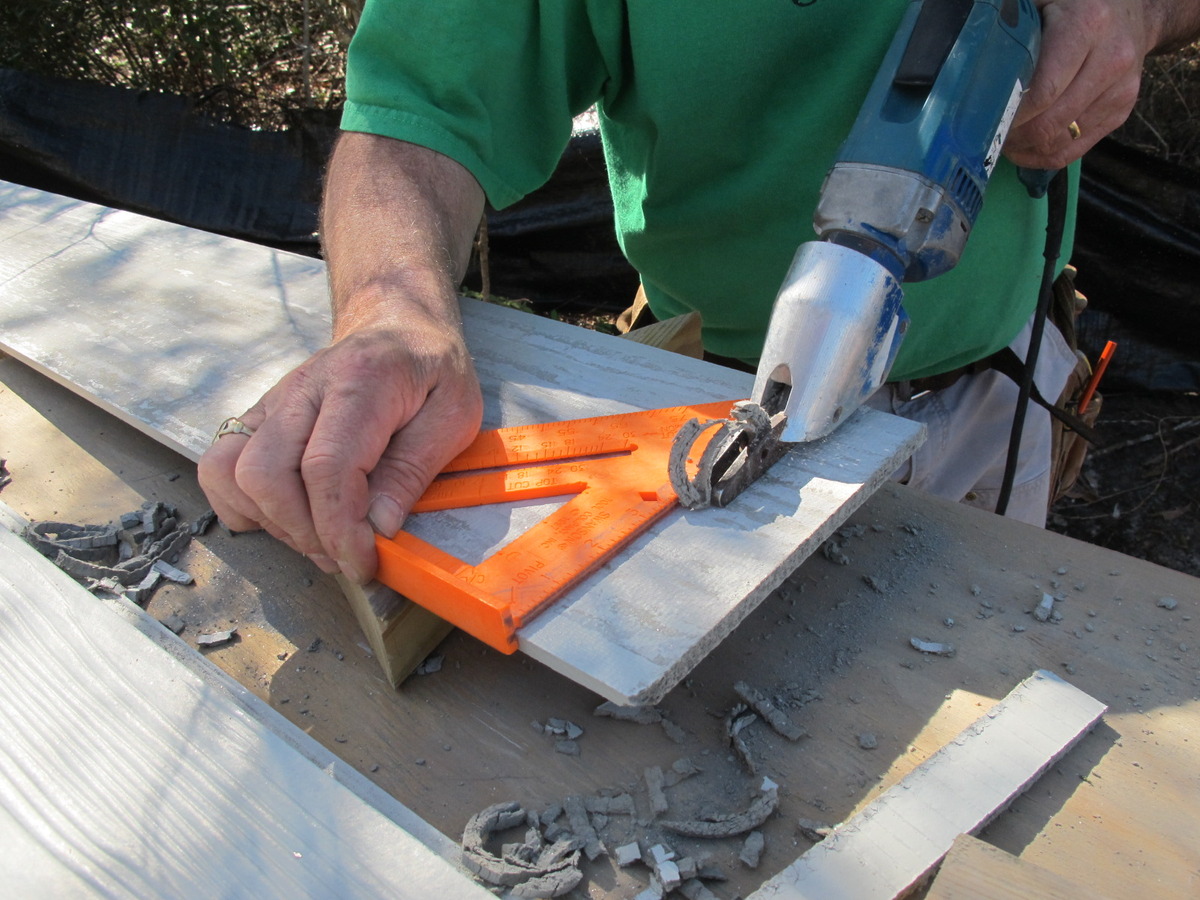
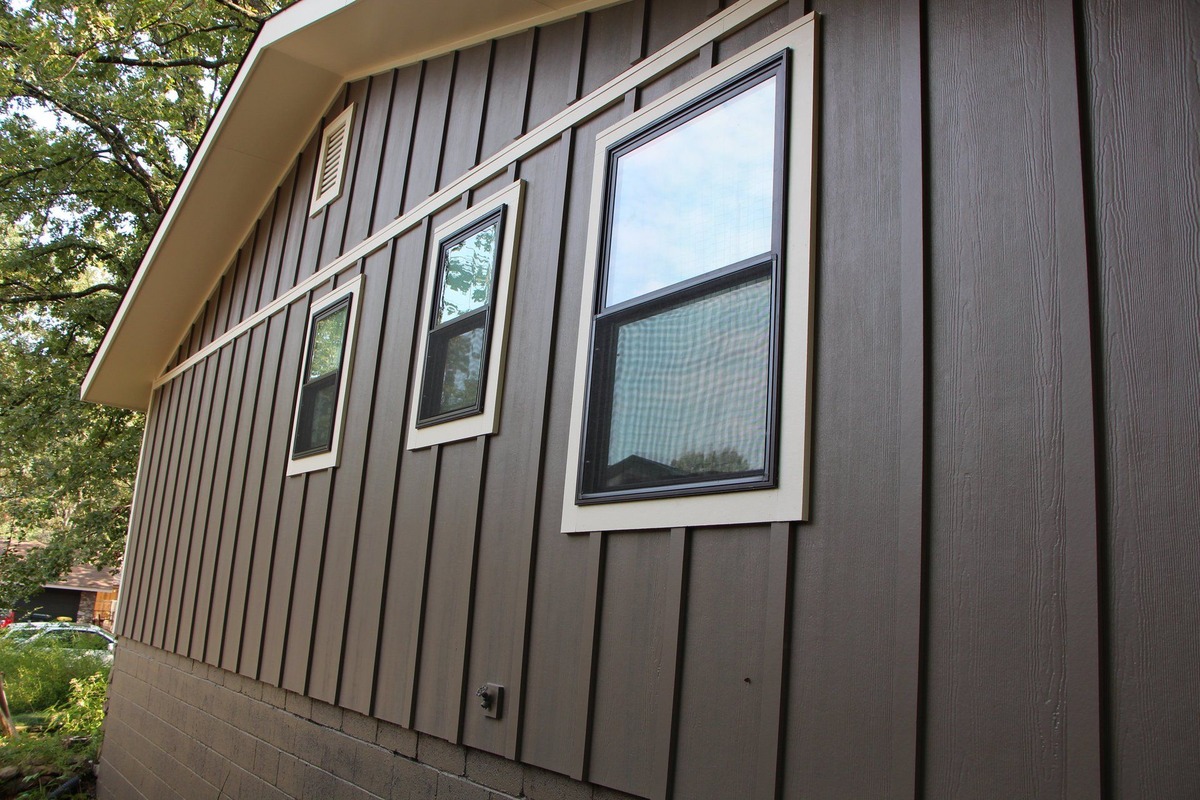
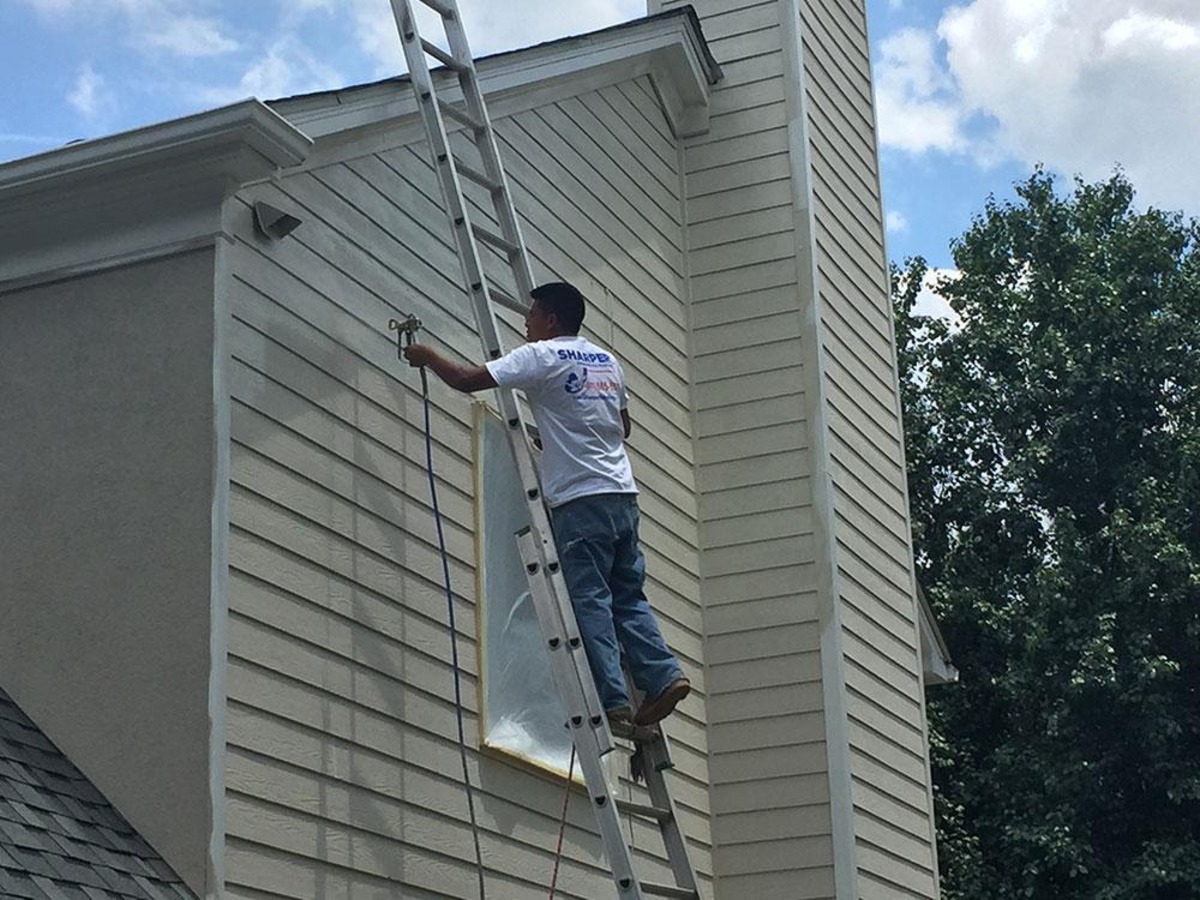
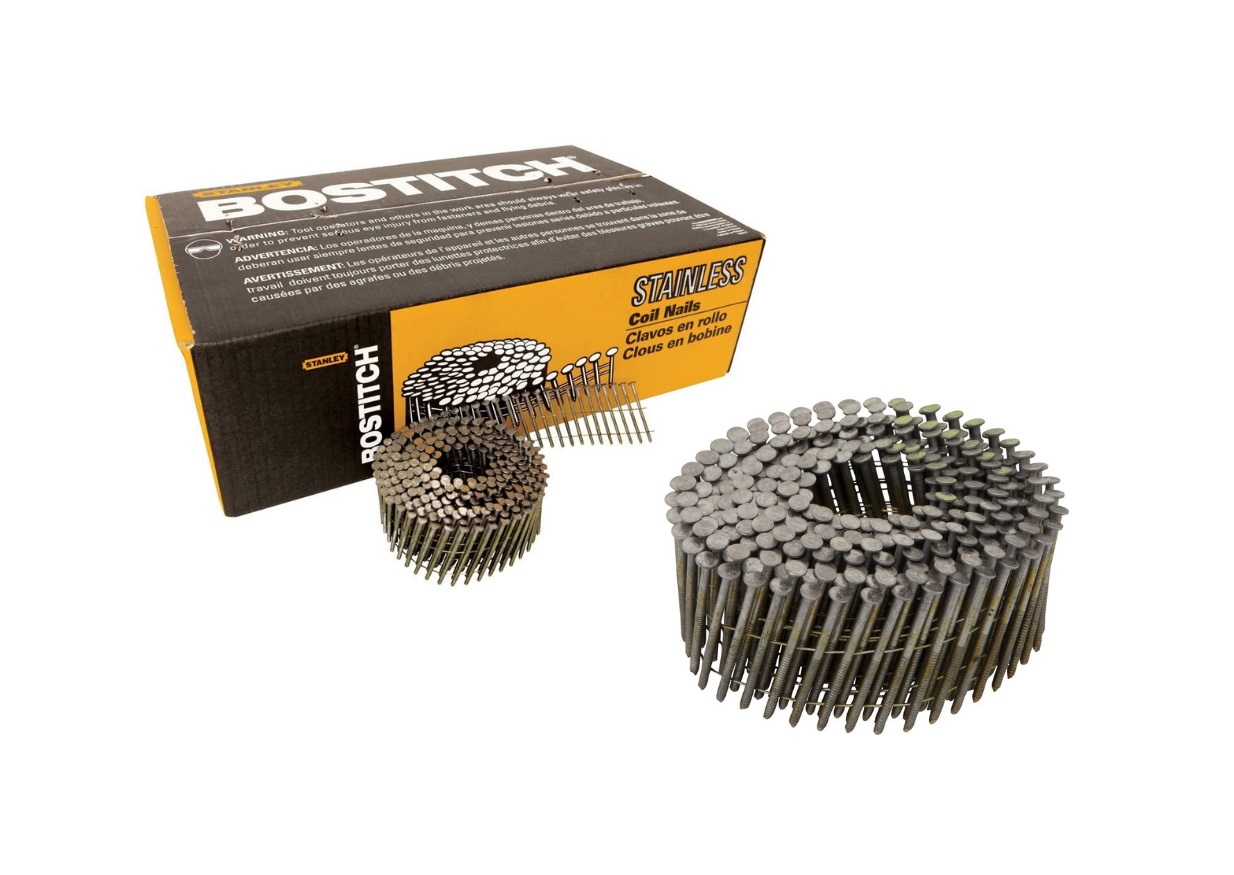
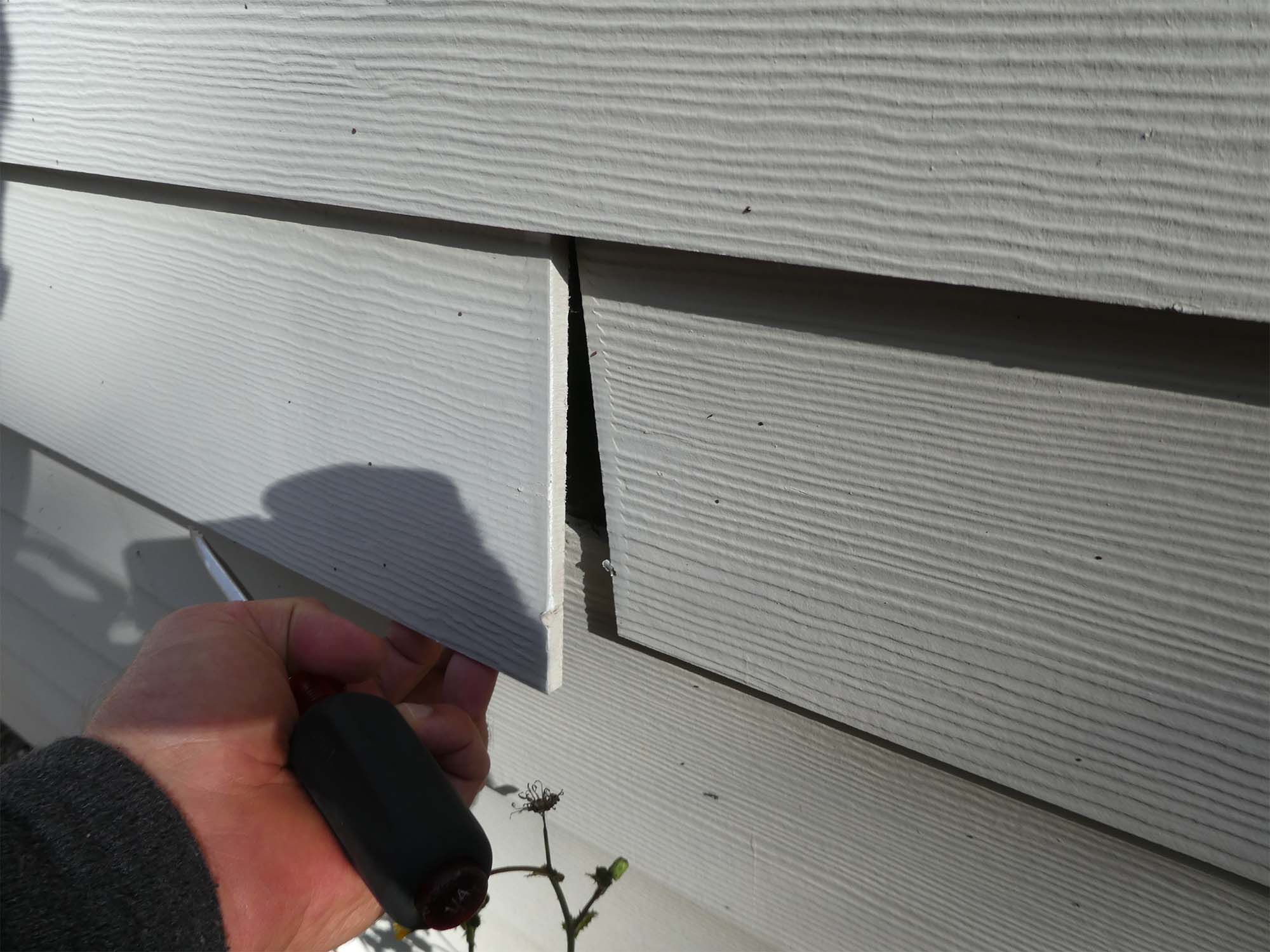
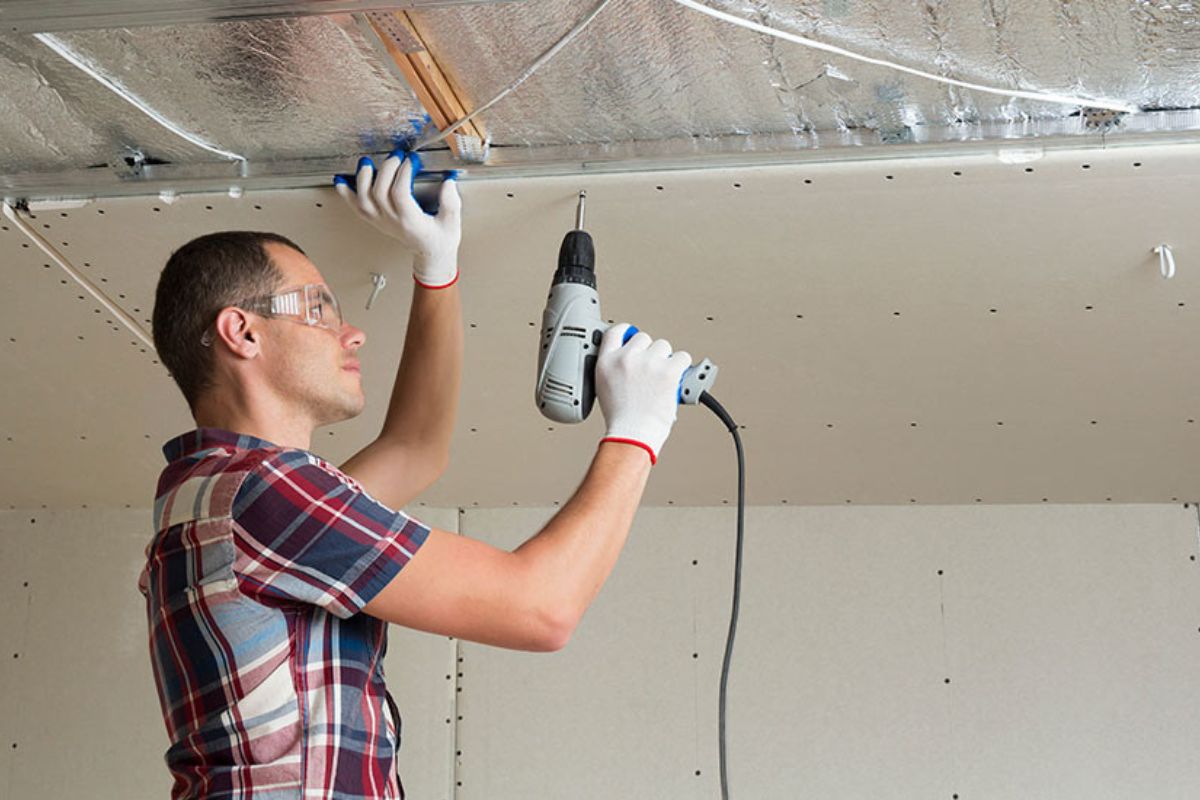
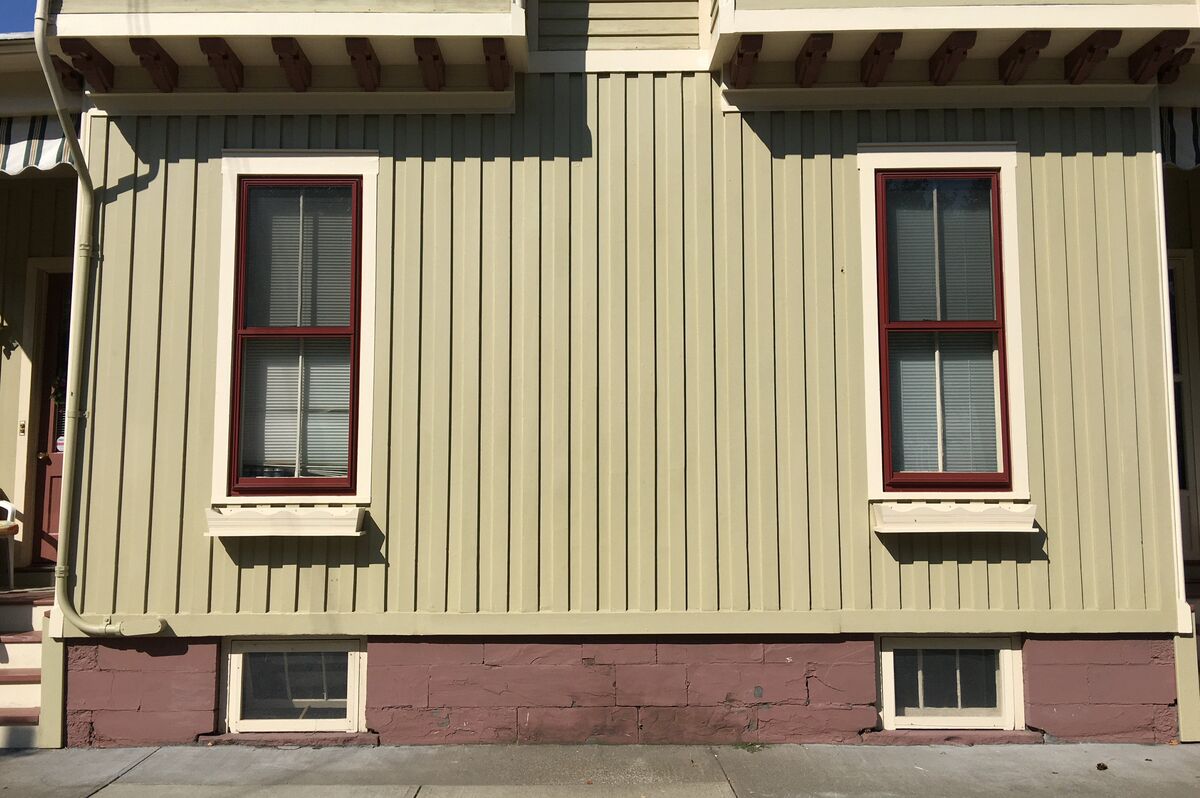
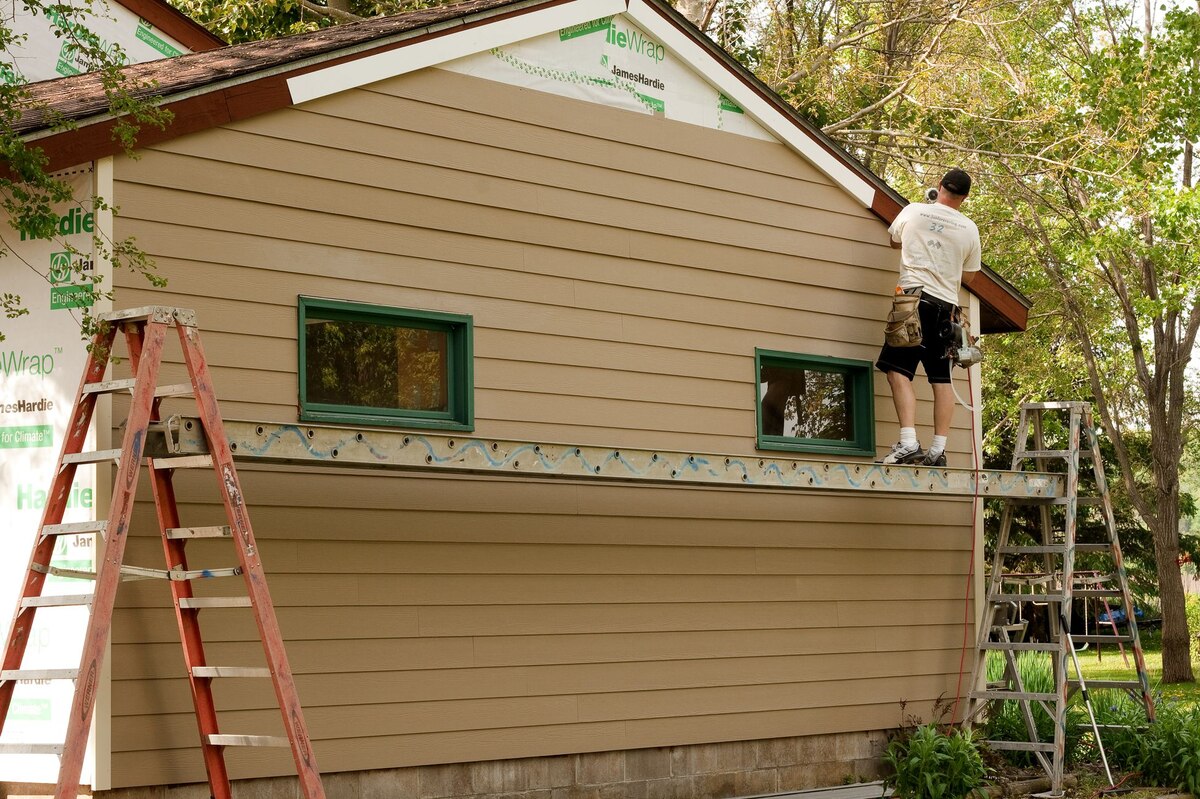
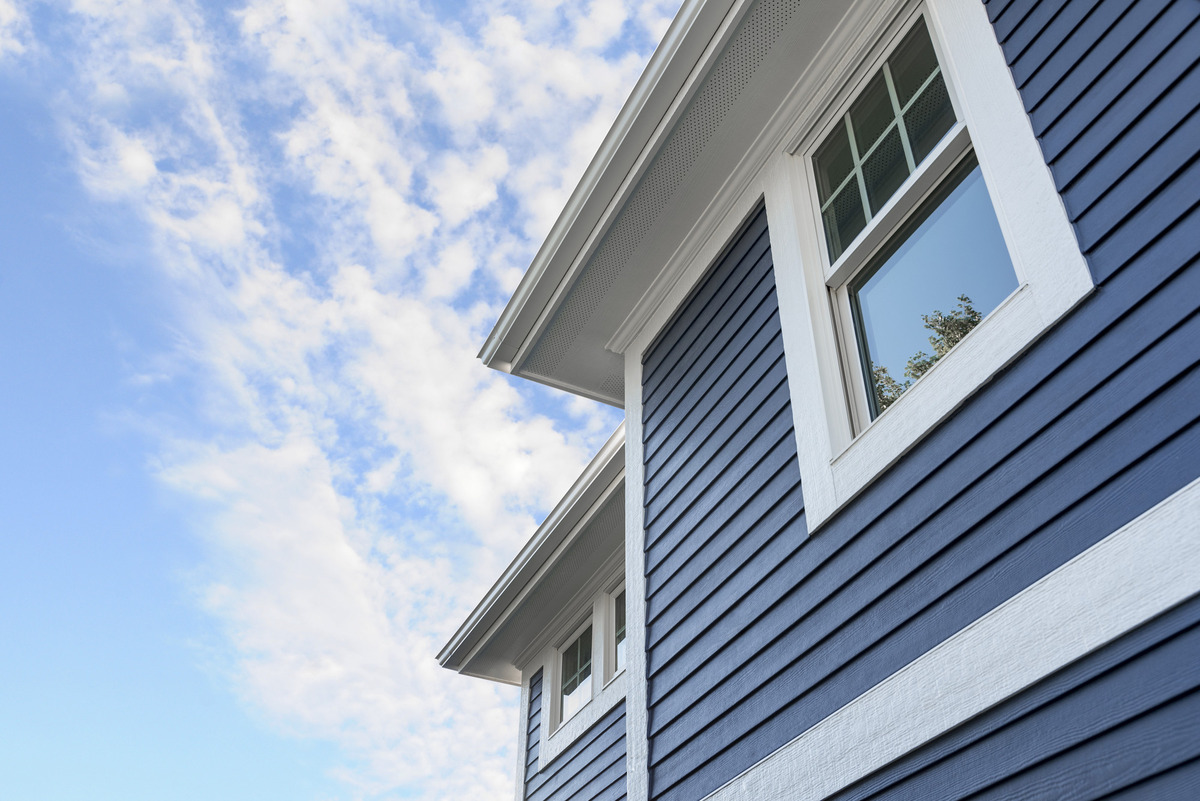
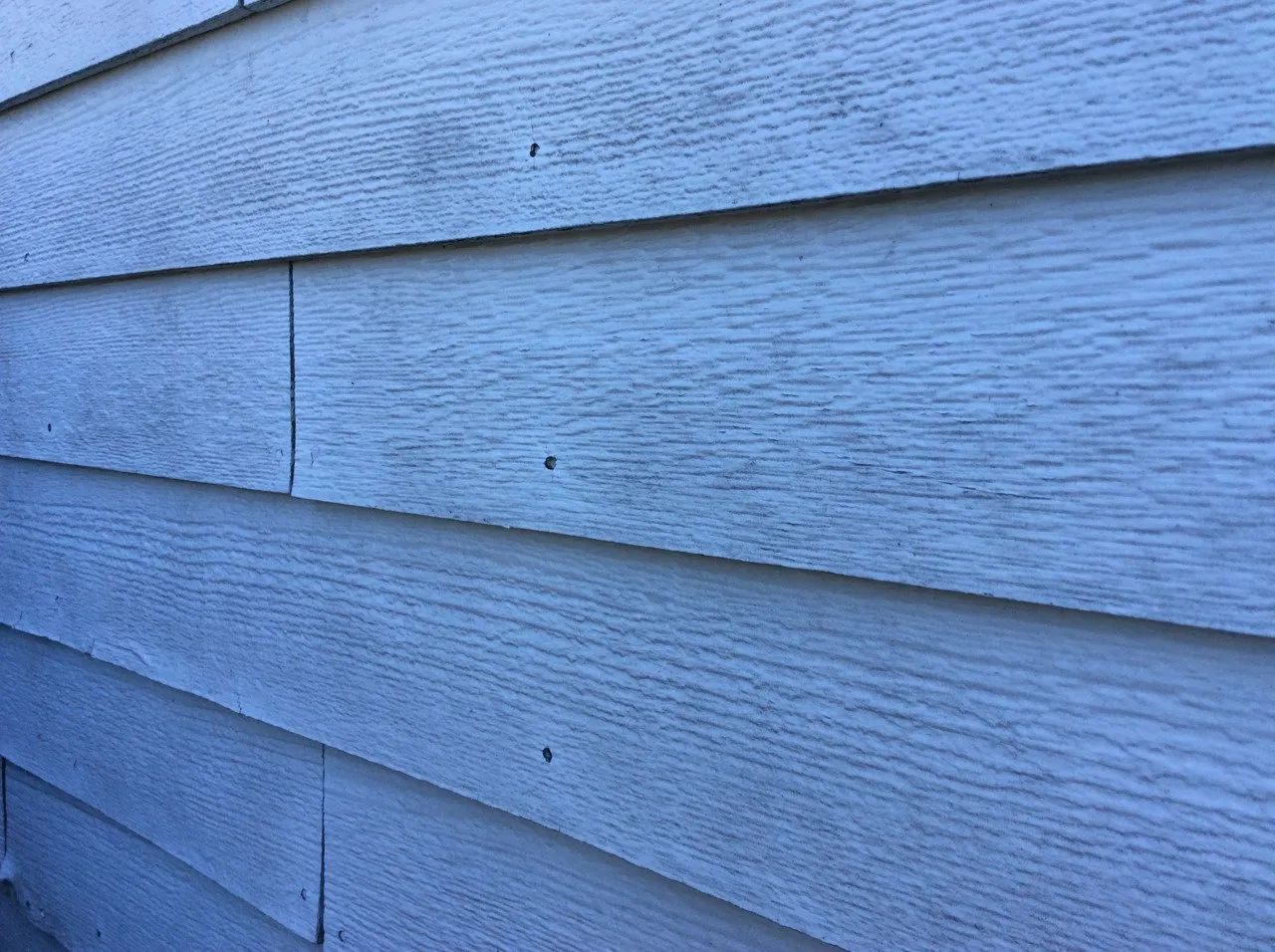
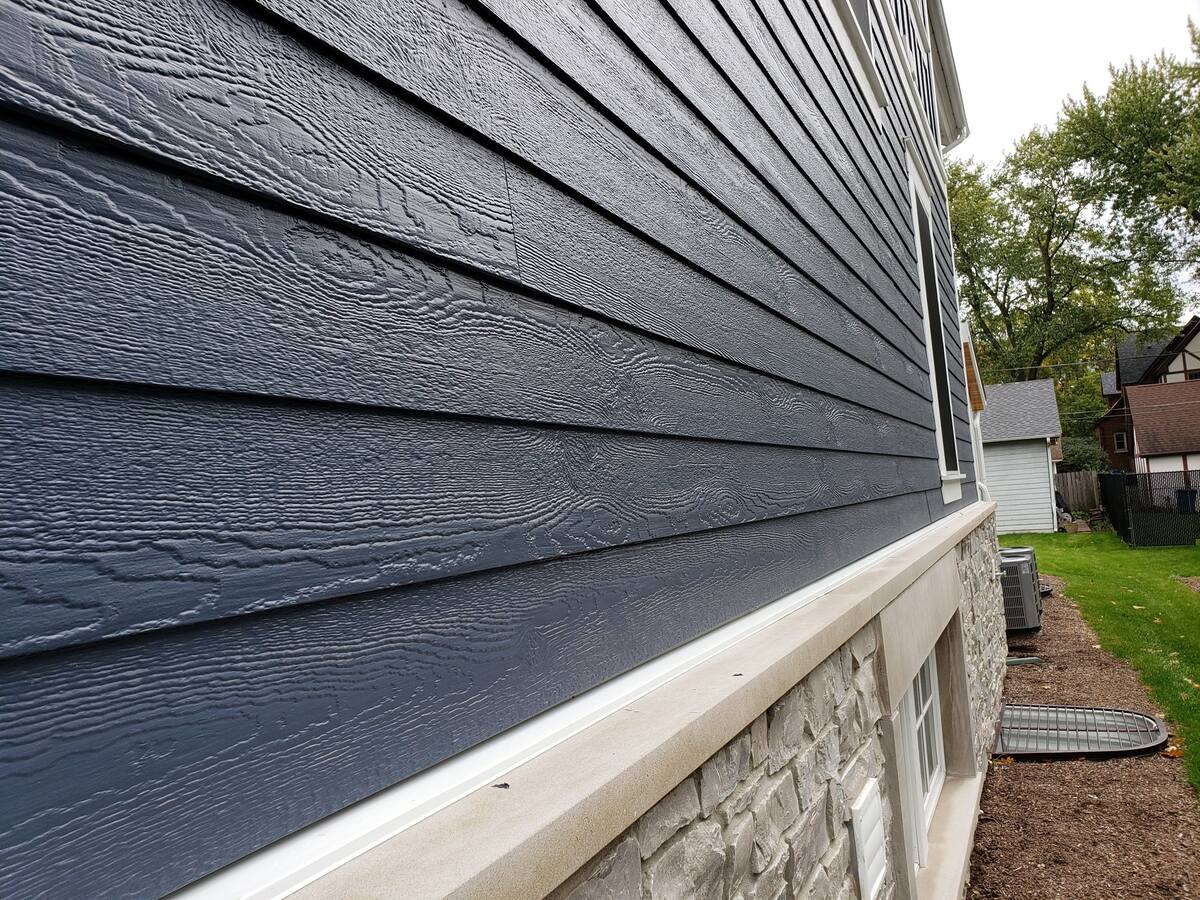
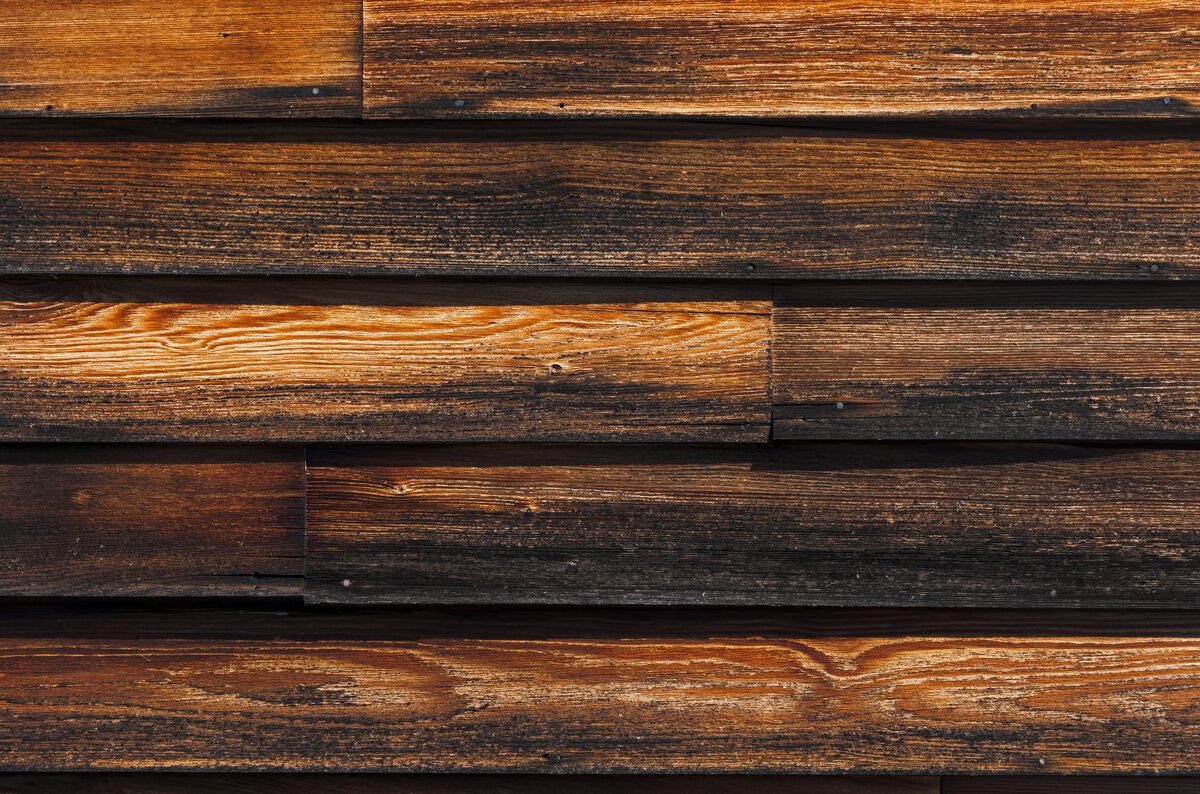
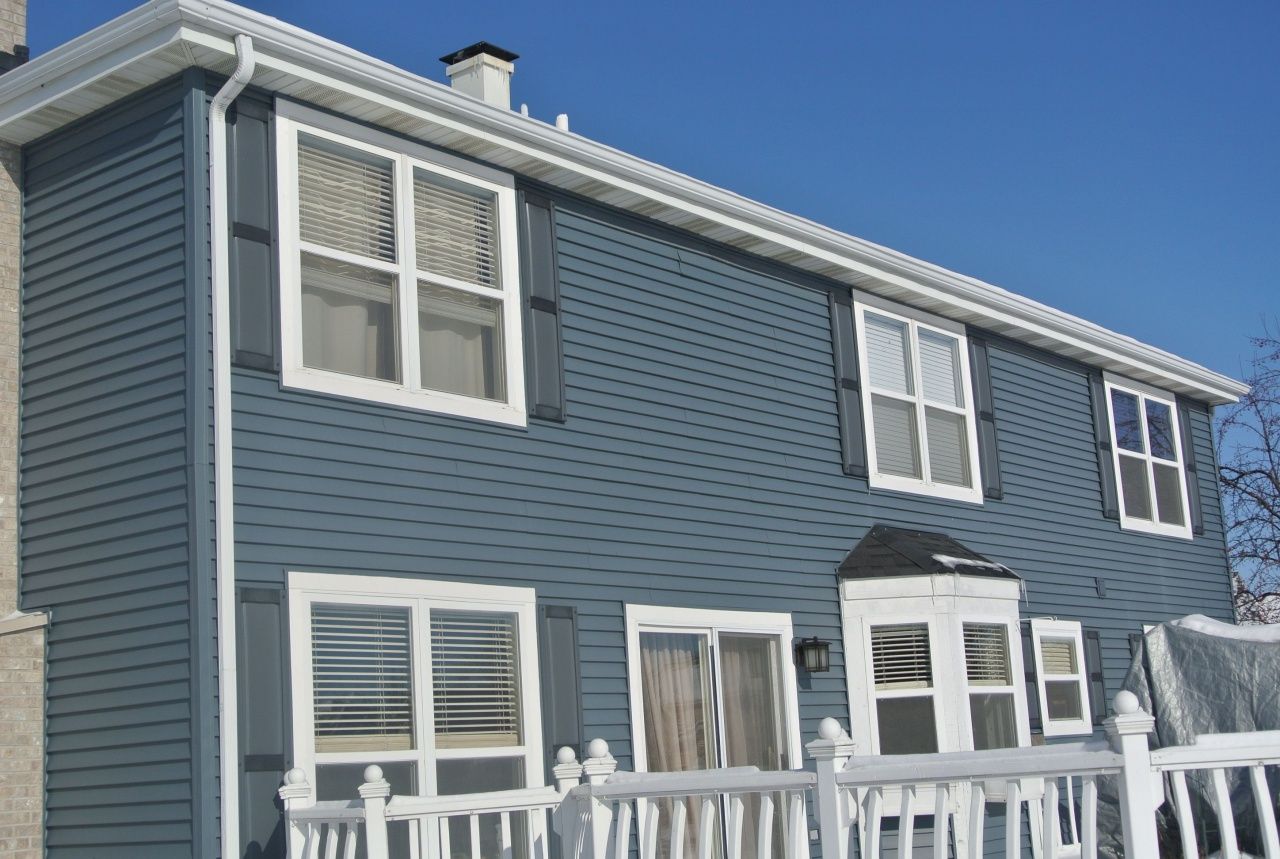
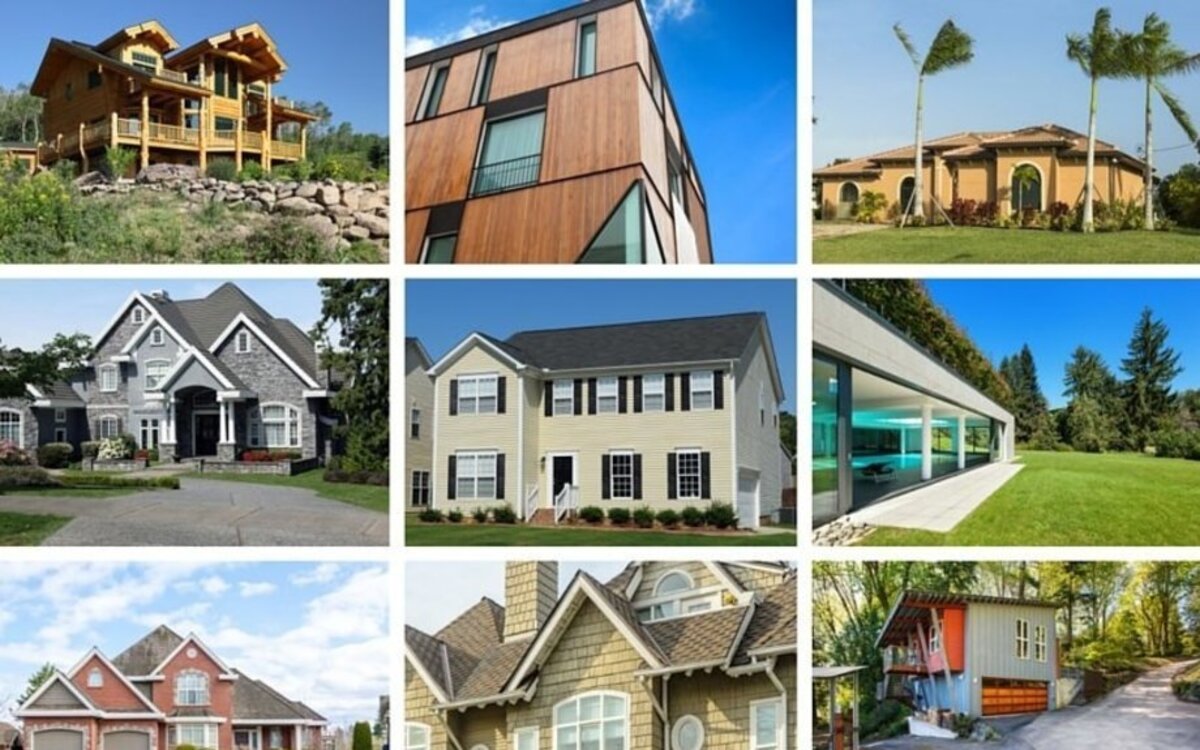

0 thoughts on “What Is Hardie Board Siding Made Out Of”